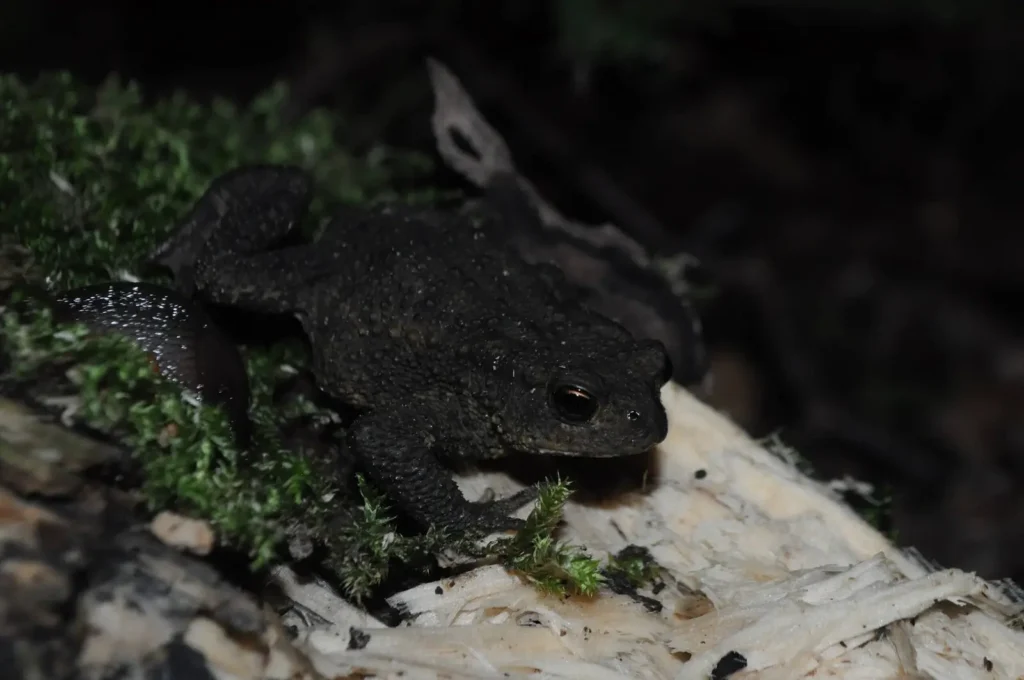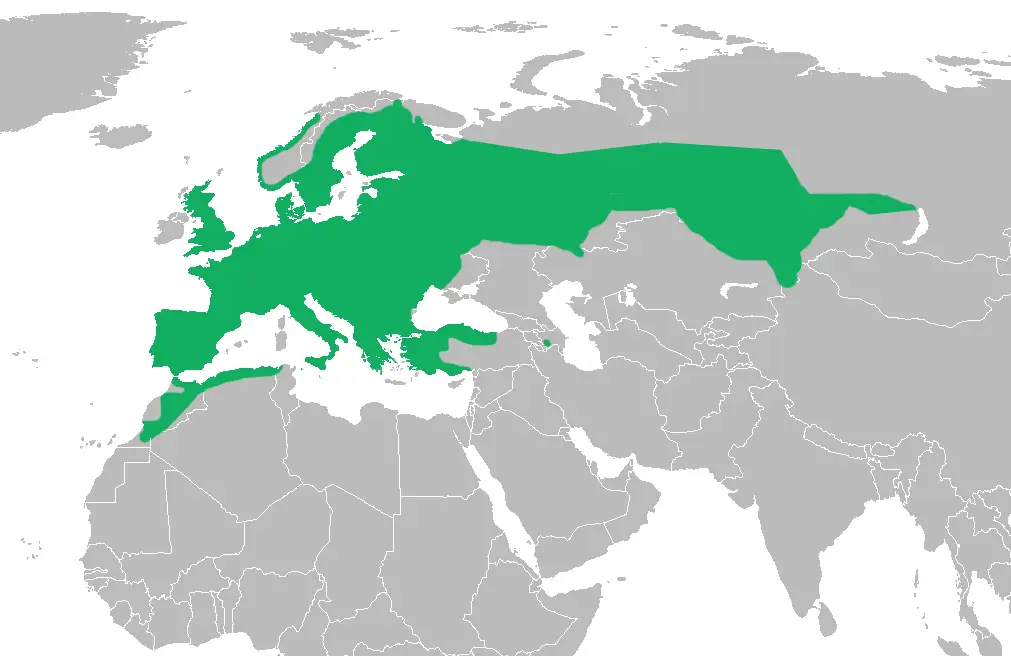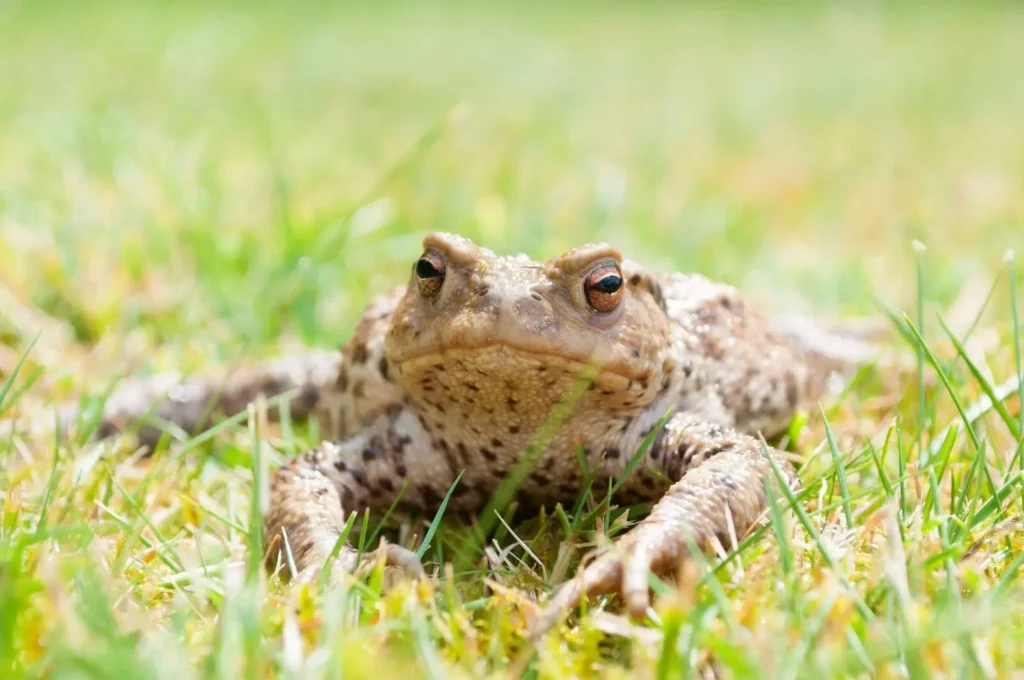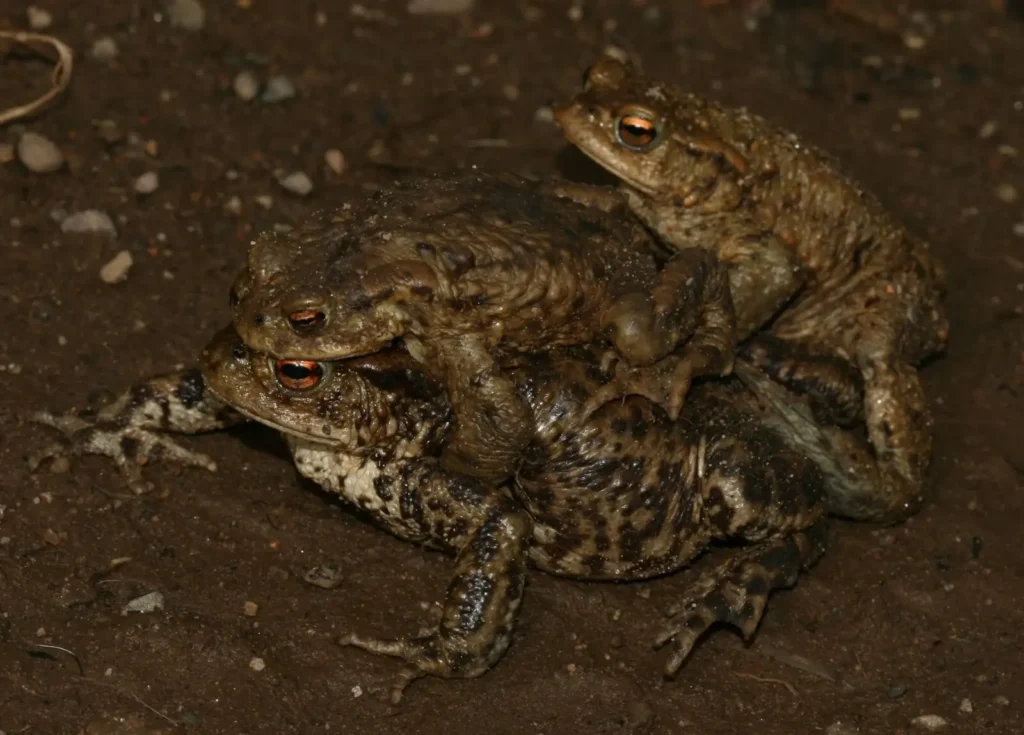Common Ropukha (Bufo bufoIt is one of the most common amphibian species in Europe. This inconspicuous but extremely important animal plays a key role in maintaining natural balance by controlling the population of insects and shellfish.
Despite his inconspicuous appearance, ropukha is a true master of survival: it is able to live in different environments, survive in cold winters, and its skin contains toxins that protect it from predators.
📌 Why is Ropukha vulgaris unique?
✔ Hardy and durable (can live up to 40 years!)
✔ Poisonous-her skin contains toxins that protect her from enemies
✔ Capable of migration - returns to the breeding site every year
✔ Wonderful natural insecticide-eats harmful insects in huge quantities
Let's take a closer look at this incredible amphibian!

Scientific classification
✔ The Kingdom: Animals (Animalia)
✔ Type: Chordal (Chordata)
✔ Class: Amphibians (Amphibia)
✔ Row: Tailless ones (Anura)
✔ Family: Ropukhovye (Bufonidae)
✔ Gender: Ropuhi (Bufo)
✔ View: Bufo bufo
📌 It belongs to the family of true ropuha, which includes many species with venomous skin and similar behavioral features.
Appearance and characteristics
🐸 What does ropukha vulgaris look like?
✔ Body length: 6-15 cm (males are smaller than females)
✔ Weight: 30-100 g
✔ Colour: brown to olive green
✔ Skin: dry warty skin
✔ Oko: golden or coppery, with horizontal pupils
✔ Short legs: designed for walking, not jumping
📌 Unlike frogs, toads do not have smooth skin and do not jump, but move with fast steps or slow crawling.

Distribution area and habitat
🌎 Where does Ropukha vulgaris live?
✔ Distributed throughout Europe, parts of Asia, and even North Africa
✔ Forests, meadows, swamps, parks, gardens, agricultural land
✔ Avoids dry areas and deserts
✔ Hibernates during winter
📌 This ropukha perfectly adapts to life near a person, it is often found in vegetable gardens and gardens.
Venom and protection from predators
⚠ Is Ropukha vulgaris dangerous?
✔ Her skin contains toxins-bufotoxins and buffogenin
✔ In case of danger, it releases a whitish poisonous-bitter liquid
✔ Does not pose a threat to humans, but may cause irritation of the mucous membranes
✔ Able to inflate to look bigger
📌 Pets (cats, dogs) can get poisoned if they take ropukha in their mouths.
Lifestyle and behavior
🌙 Activity
✔ Mainly nocturnal animal
During the day, it hides in burrows, under rocks, in the roots of trees
✔ Goes hunting at night

🦶 Moving around
✔ Does not jump, but walks slowly
✔ Swims well, but feels more comfortable on land
📌 Ropukha can cover considerable distances during migration to water bodies for breeding!
Food
🍽 What does Ropukha vulgaris eat?
✔ Insects (beetles, butterflies, flies)
✔ Slugs and snails
✔ Pavuk
✔ Hearts
✔ Small amphibians (sometimes even other frogs!)
📌 Ropukha is a real orderly of gardens and vegetable gardens, as it destroys a huge number of pests.
Reproduction
💖 How do ropuhi reproduce?
✔ In spring ropuhi migrate to water bodies
✔ Males make soft sounds when calling females
✔ The female lays 3,000-6,000 eggs in the form of long cords
✔ Tadpoles hatch in 10-14 days
✔ After 2-3 months they turn into small ropuh
📌 Young frogs massively come out of the water at the end of summer – this period is called "frog rain".

Natural enemies and threats
⚠ Who hunts ropuha?
✔ Snakes (especially grass snakes)
✔ Some birds of prey (storks, owls)
✔ Foxes and raccoon dogs
🚨 Main threats from humans
✔ Water pollution
✔ Loss of the natural environment
✔ Road deaths during migration
📌 Traffic is one of the biggest threats, so environmentalists are building special underground passages for ropuh!
Ropukha and the man
🏡 Can I keep a ropukha as a pet?
✔ It doesn't require much maintenance
✔ Lives up to 10-15 years in captivity
✔ Does not like frequent contact with people
✔ Don't keep it unnecessarily
📌 Rhubarb can be a great natural pest protector for your garden!
Interesting facts
💡 Ropuhi remember their habitat and return to it after wintering!
💡 In many cultures, ropuh is considered a symbol of good luck and wealth!
💡 Ropuhi can live up to 40 years in nature!
💡 They can survive in very cold temperatures by going into hibernation!
Conclusion
Zvichaina vulgaris is not just an ordinary amphibian, but an important part of the ecosystem that helps control pest populations.
Popri despite her unattractive appearance, she has unique abilities such as poison skin, stamina, and the ability to migrate long distances.
🌿 Preserving the rooster habitat is an important step to maintain the natural balance!
